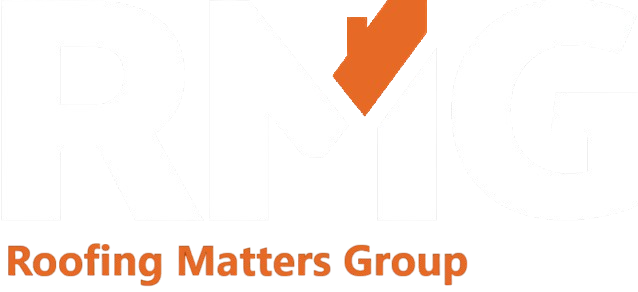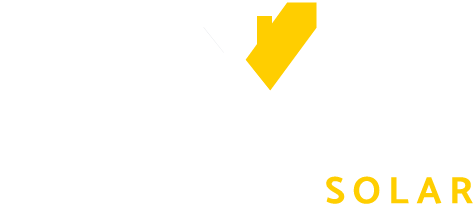What is included in a solar PV system?
There are 5 key components in a home’s solar system: solar panels, an inverter, a battery, the electric meter, and of course the sun.
Solar panels produce DC electricity from sunlight. Then the inverter converts the generated electricity into AC, so that it can be used in the household. The computerised controller manages the solar system and ensures optimal performance. If you want battery backup system then a battery is required.
Solar Panel Installation
The most common location for the installation of solar panels is the roof. Most roofs typically have the desired specifications for the installation, so that panels get the maximum sunlight. Being in the roofing trade for 10 years Roofing Matters Group have all the roofing experience needed.

Erect Scaffolding
Firstly, you have to erect scaffolding to ensure safety during the whole installation process when being on the roof.
Install Solar Panel Mounts
Then, the solar panel mounting system has to be set up. This will support the base of the solar panels. The whole mounting structure must be tilted and have an angle between 18 to 36 degrees to have maximum sunlight exposure.
Install the Solar Panels
Next is the solar panel itself, this must be installed on the mounting structure. Make sure to tighten up all the bolts and nuts so that it stays stable.
Wire the Solar Panels
After installing the panels, we would install the electrical wiring. In most cases, MC4 connectors are used because they are suited for all types of solar panels. Make sure to shut off the household’s electricity supply during the wiring installation.
Install Solar Inverter
After that, the solar inverter must be connected to the system. It is typically installed near the main panel. Inverters are more efficient if kept in a cooler place.
Solar Battery
Thereafter, the solar inverter has to be connected to the solar battery. The solar battery storage can save you from worrying about the lack of usable energy during cloudy times, it can also lower the solar battery storage system costs during installation.
Maintenance
- Keep solar panels out of shade as energy production becomes inefficient when they are kept from absorbing any sunlight.
- Keep an eye on the solar panels and make sure the inverters are flashing green lights. If they are not flashing, you are losing money by no longer compensating for your electricity use.
- Monitoring systems help you see how much you are benefiting the environment and how much CO2 you are emitting into the atmosphere. They can also help you know how much you could benefit from the feed-in tariff scheme.
- You can also see information about your solar panels servicing on a wall-mounted display when you are at home.
We understand that starting your solar journey may seem daunting, but we’re with you every step of the way. From understanding your unique needs to recommending and installing the best solar panels for your home, we’ll make it easy for you to get set up and get going.
You can get in contact with Solar Matters Group here, and they will arrange a free, no obligation visit.




